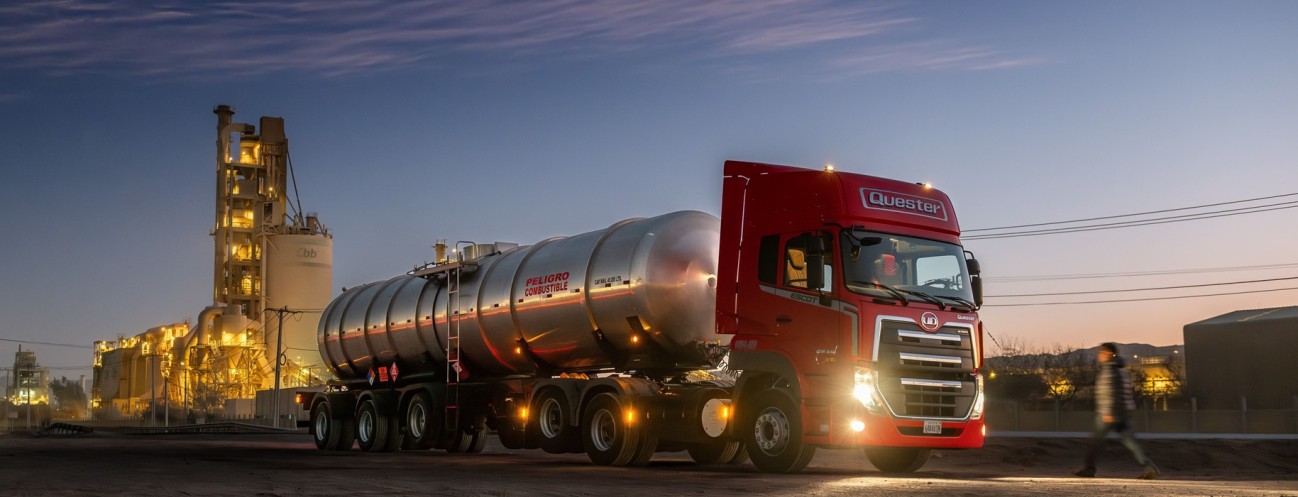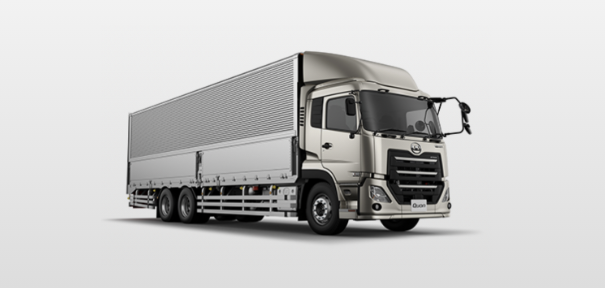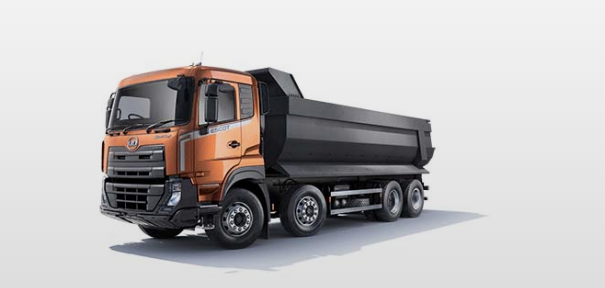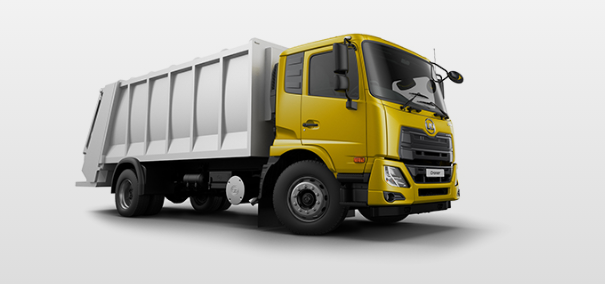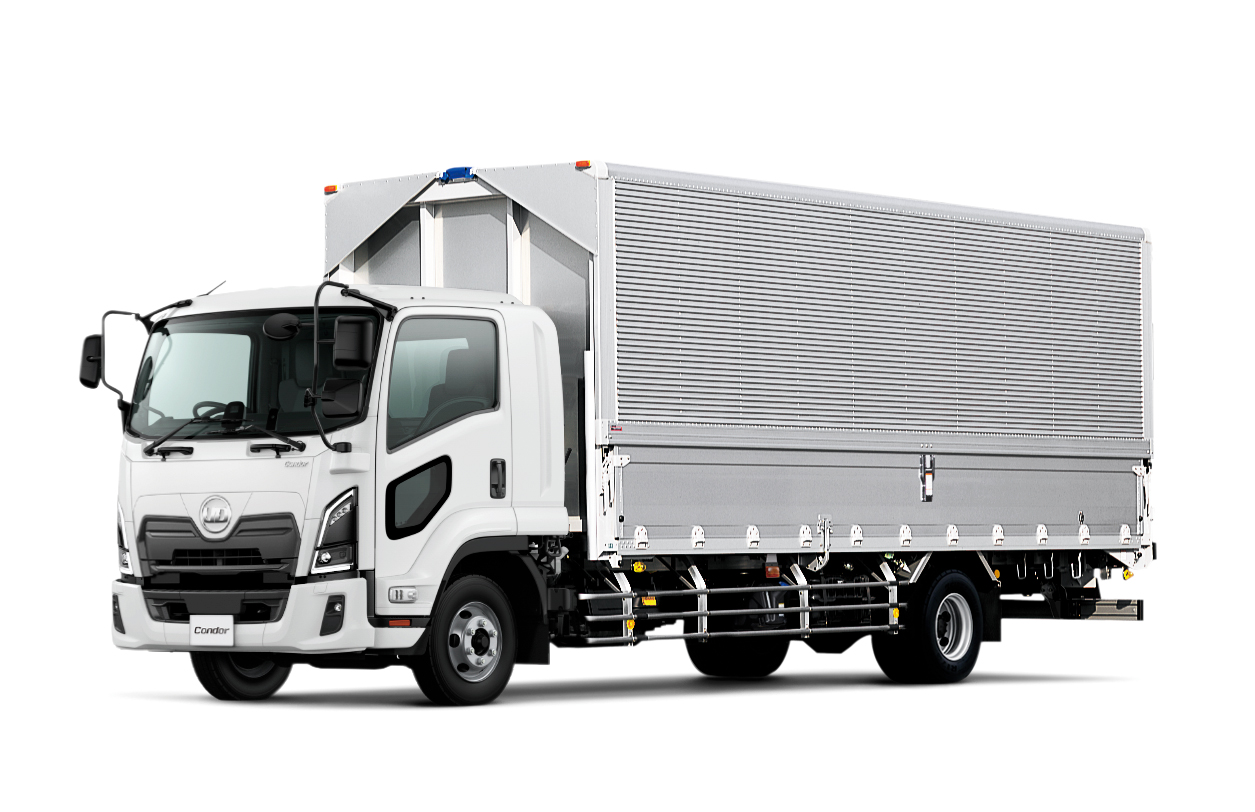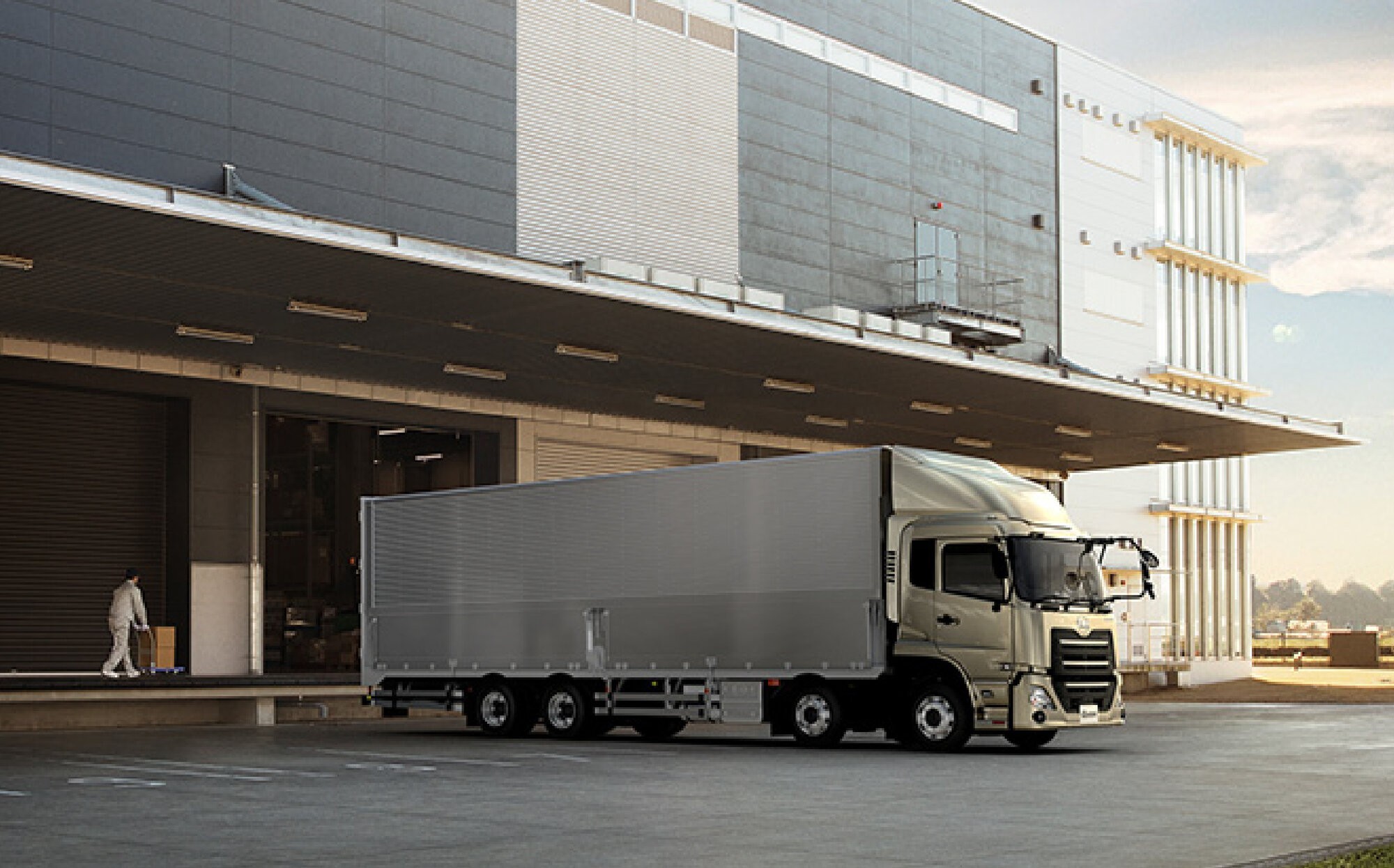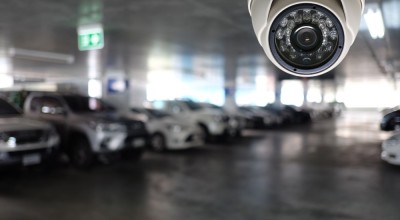In today’s trucking sector, the Diesel Particulate Filter (DPF) is crucial for meeting ever-tightening environmental standards. When it malfunctions, the outcome can be prolonged downtime and expensive repairs—serious setbacks for any fleet operator.
This article offers a detailed look at the symptoms of DPF failure, the corrective measures available, and preventive maintenance practices, along with a review of global emissions regulations that every fleet and logistics manager should be aware of.
What is a DPF?
A Diesel Particulate Filter (DPF) is a device that traps particulate matter (PM)—including soot and other fine particles—from diesel engine exhaust. Initially introduced as part of worldwide initiatives to combat climate change and reduce urban air pollution, DPFs are now mandatory in many countries, making them an essential element of commercial fleet operations.
This section first examines the role and benefits of DPFs, then briefly notes how terminology and control logic vary among manufacturers.
Function and importance of DPF
By intercepting particulate matter before it exits the exhaust system, a DPF stops harmful pollutants—such as soot, SOF (soluble organic fraction), and sulfates—from entering the atmosphere. These substances are linked to higher risks of respiratory disease, making their removal both a regulatory requirement and a public health priority.
With emissions standards tightening worldwide, DPFs are now standard on nearly all new diesel vehicles. Their adoption allows fleets to cut PM emissions significantly, aligning environmental responsibility with full compliance.
Far more than a simple filter, a DPF is a core component of an advanced exhaust after-treatment system, equipped with sensors and automated regeneration controls. A solid understanding of its function and upkeep is critical to maintaining vehicle reliability and ensuring consistent fleet uptime.
Manufacturer-specific terminology
While the basic structure and filtration principles of DPFs remain consistent across the industry, manufacturers set their systems apart through proprietary names, unique regeneration control logic, and distinct warning display formats—variations that reflect each brand’s approach to exhaust after-treatment. For instance, the “DPD” (Diesel Particulate Diffuser) system supports both automatic and manual regeneration based on driving conditions, while the “DPR” (Diesel Particulate active Reduction system) is noted for its more proactive regeneration strategy.
What to do when a truck’s DPF fails
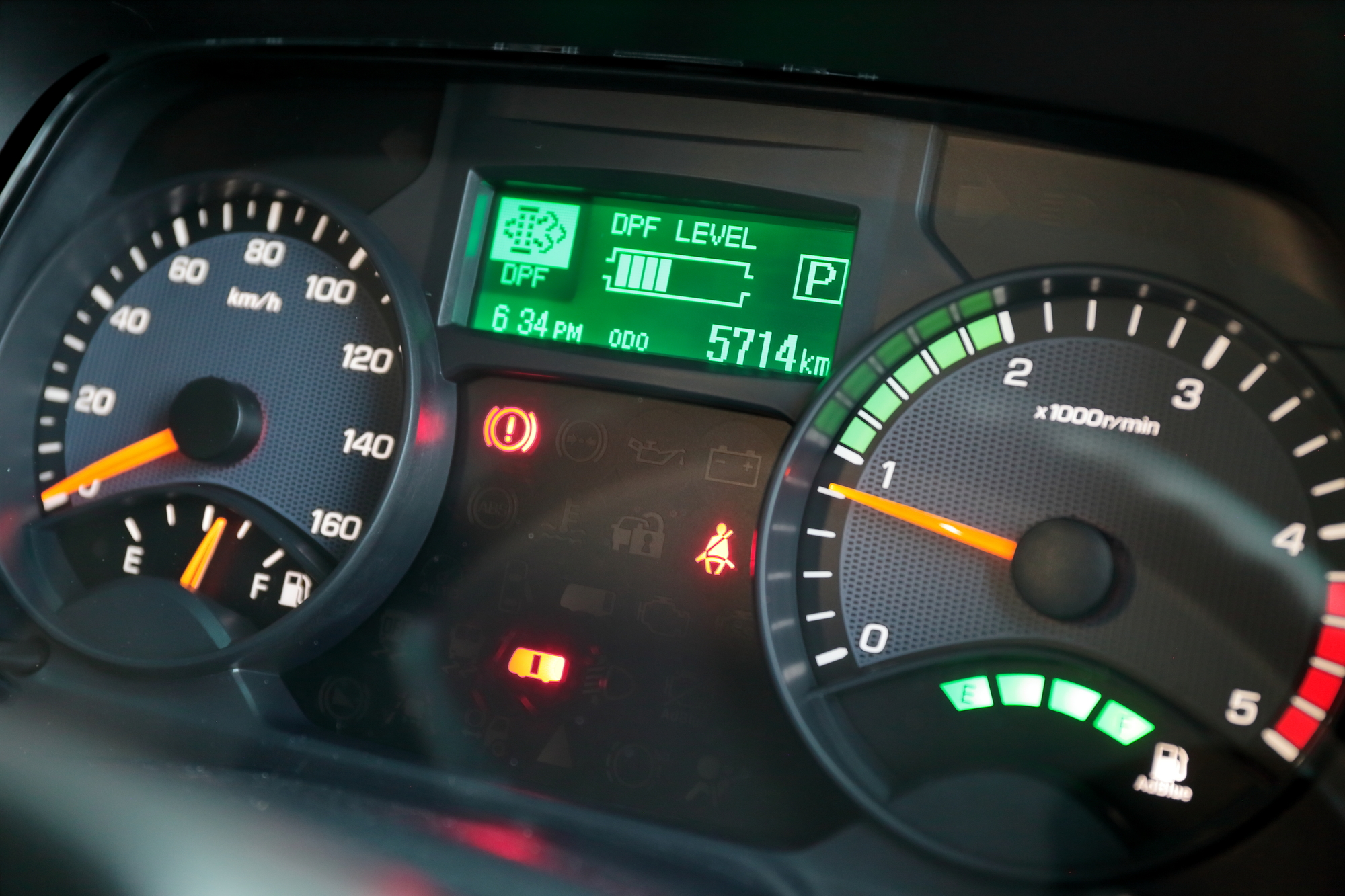
When a DPF stops working as intended, truck performance can suffer significantly. Warning lights, thicker black smoke, and a clear drop in engine power are all signs of ongoing DPF deterioration—and if ignored, these problems can eventually leave the vehicle undriveable. The following section details the most common warning signs of DPF failure and the practical actions operators can take in response.
Symptoms of DPF failure
A malfunctioning DPF usually makes itself known through a clear sequence of warning signs. The most frequent is an illuminated indicator lamp: initially flashing to prompt manual regeneration, then shifting to a steady glow if ignored—signaling the need for forced regeneration. If the problem still goes unresolved, the light may remain illuminated, triggering engine power limits or, in severe cases, immobilizing the vehicle entirely.
Other signs often appear in the exhaust: thicker black or white smoke, a sharp burnt smell, or unusual engine noise—all pointing to PM build-up inside the filter that disrupts proper combustion.
In addition, drivers may experience unstable idling, declining fuel efficiency, or a noticeable loss of power—symptoms detectable not only via gauges but also through sight, smell, and sound.
How to respond to a DPF failure
If the DPF warning light starts flashing or stays on steadily, immediate action is critical. Pull into a designated safe stopping area—such as a highway service zone or a spacious parking lot—keep the engine running, and activate manual regeneration by pressing the control button.
Since exhaust temperatures rise sharply during regeneration, never park or operate close to flammable materials.
If regeneration cannot be completed or the warning light remains illuminated, proceed promptly to an authorized service center. On highways, use an emergency stopping lane and arrange roadside assistance through JAF or your insurance provider.
If the issue recurs, it may signal that simple regeneration is insufficient and that faults may lie in the DPF unit or its sensors. A thorough inspection and diagnostic testing with a scan tool will pinpoint the root cause, enabling precise repairs or component replacement—and greatly lowering the risk of future unplanned downtime.
Main causes of DPF failure
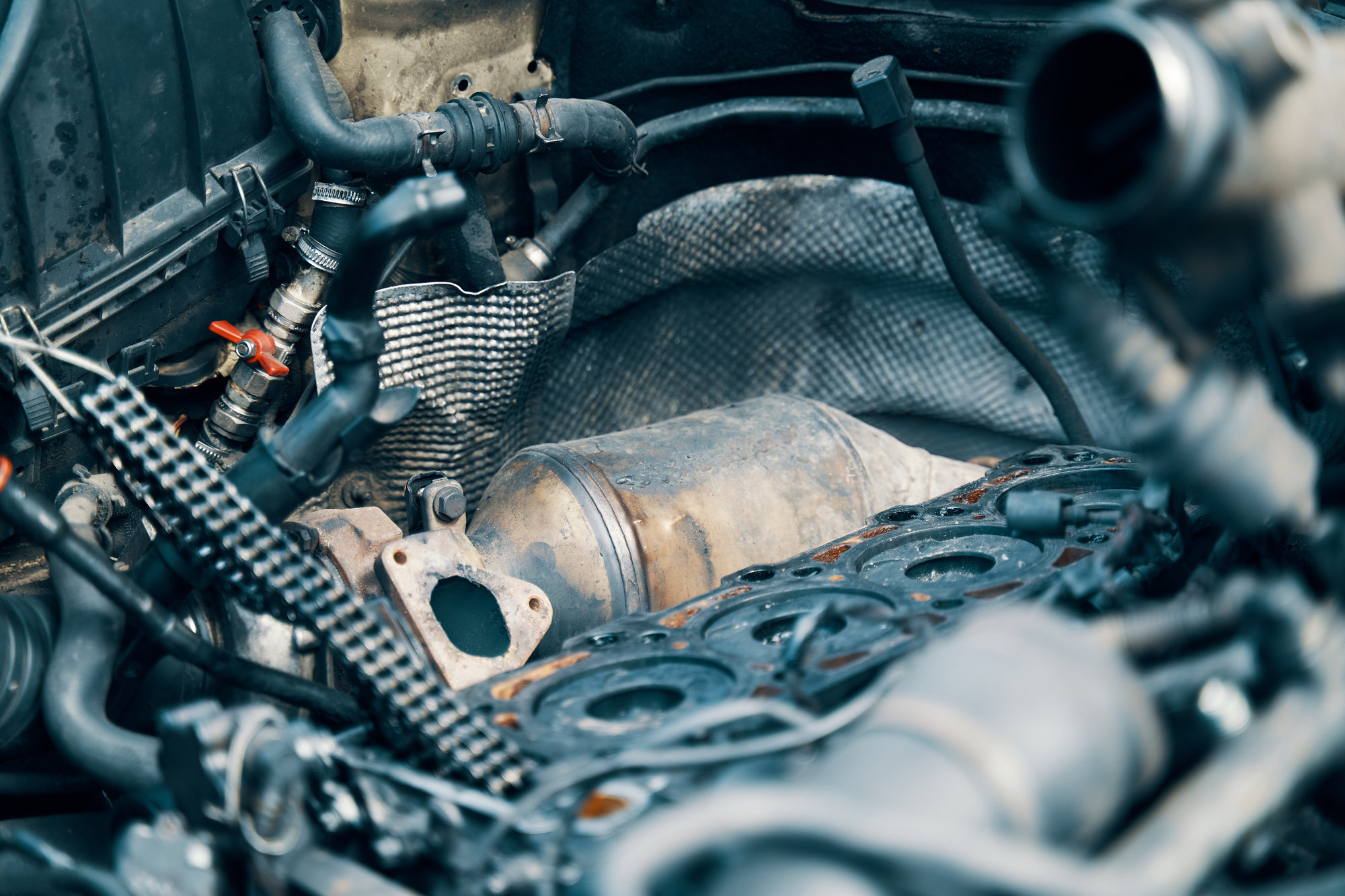
Several factors can lead to DPF failure; but most common are internal filter blockages and system-related malfunctions. The next section looks at each of these primary causes in detail.
Clogging
The leading cause of DPF failure is internal clogging. Over time, PM deposits restrict exhaust flow, lowering overall system efficiency. Trucks used mostly for short runs or under light loads seldom reach the high exhaust temperatures required for complete regeneration, allowing soot and metallic ash to build up. If not addressed, this can trigger warning lights, cut engine output, and eventually leave the truck unable to operate.
Regular cleaning and inspection are key to avoiding these issues and to keeping the filter free-flowing and fully functional.
System malfunctions
Not all DPF failures stem from faults within the unit itself; problems in the control systems that govern its operation can be just as responsible. If exhaust temperature or pressure sensors fail, the system cannot accurately gauge how much PM has built up in the filter. This often results in regeneration cycles that either fail to start or occur too frequently—both of which undermine performance.
Identifying these issues calls for a detailed inspection using professional-grade diagnostic tools, ensuring the root cause is found before corrective steps are taken.
Preventive measures for DPF failures
Preventing DPF failures demands a proactive strategy that combines routine inspections, disciplined maintenance, and adjustments to driving habits. The following section outlines two key focus areas for reducing the risk of operational disruptions.
Maintenance
Avoiding DPF failure hinges on maintaining a disciplined service program. Using diesel engine oil that meets JASO standards helps reduce the build-up of ash—the metallic residue produced after combustion. Scheduled cleaning, typically every 500,000 km, restores filtration efficiency and prolongs service life. Regular inspections to spot warning lights or exhaust irregularities, supported by well-kept maintenance records, provide fleet managers with the information needed for early detection and effective prevention.
Driving habits
Keeping the DPF in peak condition often calls for fine-tuning daily driving habits. Regular highway driving raises exhaust temperatures, allowing natural regeneration and preventing excessive PM build-up. Long idling periods or prolonged low-RPM operation should be avoided, while maintaining engine speeds within the optimal range. Staying within legal load limits and avoiding excessive cargo weight not only protects the DPF but also contributes to a longer vehicle lifespan.
Global trends in DPF-related emissions regulations
Worldwide, emissions standards designed to combat air pollution are becoming stricter each year. This trend has prompted many countries and regions to make DPF installation a core element of their compliance measures. The sections below highlight major regulatory developments in key markets and outline the broader environmental policies driving these mandates.
United States: Stricter “Phase 3” emissions rules
The U.S. Environmental Protection Agency (EPA) finalized its “Phase 3” greenhouse gas emissions standards for heavy-duty vehicles in March 2024, building on the previous “Phase 2” framework established in 2016 for model years 2019–2027. The new regulations apply to heavy-duty trucks, buses, and other large commercial vehicles, setting significantly higher emission reduction targets by vehicle category.
For the 2032 model year, the mandated CO₂ reduction rates are up to 60% for light heavy-duty vehicles, 40% for medium heavy-duty vehicles, and 30% for heavy heavy-duty vehicles—representing as much as a 60% increase in stringency compared to Phase 2.
While DPF installation requirements are set at the state level, California enforces the most stringent standards through the California Air Resources Board (CARB). Notably, its “Truck and Bus Regulation,” implemented in 2023, mandates the installation of DPFs and the upgrade to 2010-or-newer engines for diesel-powered heavy-duty vehicles. This regulation has been instrumental in significantly reducing particulate matter (PM) emissions. Vehicles without compliant DPF systems cannot be registered with the Department of Motor Vehicles (DMV) and must undergo regular exhaust testing, ensuring strong enforcement of emission control measures.
Japan: 2027 PN regulation plan
In Japan, the 2016 Emission Regulations have been implemented in phases since October 2016, tightening NOx emission limits. The exhaust gas testing protocol was also transitioned to the globally harmonized World Harmonized Transient Cycle (WHTC), enabling measurements under conditions that more closely reflect real-world driving.
In its Fifteenth Report, issued in September 2024, the Central Environment Council of the Ministry of the Environment resolved to introduce Particle Number (PN) regulations domestically. Already applied in Europe to special-purpose vehicles, these standards limit the number of particulate matter (PM) particles with diameters of 23 nanometers or larger.
As a result, diesel-powered special-purpose vehicles with rated outputs between 19 kW and 560 kW will be subject to both PN limits and tighter PM mass regulations by the end of 2027—effectively making the installation of DPF systems essential for compliance.
Brazil: PROCONVE P-8 adoption
In January 2022, Brazil became the first country in Latin America to implement PROCONVE P-8, a heavy-duty vehicle emissions standard equivalent to Euro 6. Under PROCONVE P-8, manufacturers must comply with off-cycle testing (OCE) to measure emissions under conditions closely resembling real-world driving, as well as in-service conformity (ISC) testing to ensure sustained low-emission performance.
The regulation also introduced Particle Number (PN) limits for large diesel engines, requiring a 90% reduction in particulate matter (PM) emissions compared to PROCONVE P-7. As a result, the installation of diesel particulate filters (DPFs) has become mandatory.
According to the International Council on Clean Transportation (ICCT), this regulatory shift is expected to deliver an estimated USD 74 billion in health benefits over the next 30 years, including the prevention of approximately 74,000 premature deaths attributable to PM2.5 exposure.
Australia: ADR 80/04 implementation
Australia adopted ADR 80/03, equivalent to Euro 5 standards, in 2010 and made DPF installation mandatory for heavy-duty diesel vehicles from 2011. In November 2024, the country moved to ADR 80/04, introducing emissions requirements in line with Euro 6.
Authorities are now considering the adoption of Portable Emissions Measurement Systems (PEMS) for on-road testing. This step would place greater emphasis on maintaining DPF performance and ensuring precise emission control under actual operating conditions.
India: Nationwide BS6 launch
In April 2020, India implemented Bharat Stage 6 (BS6) emissions standards nationwide, making DPF installation effectively mandatory through tighter controls on both particulate mass (PM) and particle number (PN) emissions. The direct leap from BS4 to BS6 was unprecedented globally and is expected to influence other emerging economies.
According to ICCT, BS6 implementation is projected to reduce PM2.5 emissions by approximately 2.3 million tons between 2020 and 2050, avoiding an estimated 1.2 million premature deaths over the same period.
Mexico: NOM-044 and DPF mandate
In 2017, amendments to Mexico’s NOM-044 standard introduced phased emission limits equivalent to EPA 2010 or Euro 6.
Driven by the framework of the United States–Mexico–Canada Agreement (USMCA), the policy prioritizes alignment with North American standards. For heavy-duty vehicles with a gross vehicle weight exceeding 3,857 kg, DPF installation has become effectively mandatory. With this move, Mexico became the first upper-middle-income country to adopt emission regulations at the highest global level.
Thailand: Expanding urban DPF rules
In January 2024, Thailand adopted Euro 5 emissions standards to address worsening PM2.5 pollution in cities such as Bangkok and Chiang Mai. The move is expected to significantly reduce particulate matter and nitrogen oxide emissions.
As ASEAN’s logistics hub, Thailand is taking the lead in shaping regional environmental standards, while domestic manufacturers are accelerating the deployment of DPF technology.
Importance of proper DPF management
Diesel Particulate Filters (DPFs) have become a core environmental technology in today’s trucking industry. DPFs significantly reduce harmful particulate matter in exhaust gases. They help fleets meet strict emissions regulations while also enhancing operators’ credibility and public trust. When a DPF malfunctions, however, the consequences can include reduced vehicle performance and higher fuel consumption—making routine inspections, proper upkeep, and disciplined driving practices essential. Spotting early warning signs, such as filter clogging or faulty sensors, and resolving them without delay ensures stable operations and helps keep running costs in check.
For transport businesses, a DPF is more than just a compliance tool; it is a strategic asset that supports long-term operational continuity and corporate responsibility. With the right knowledge and sound management, operators can get the most out of their DPF systems and contribute meaningfully to a sustainable logistics sector.
